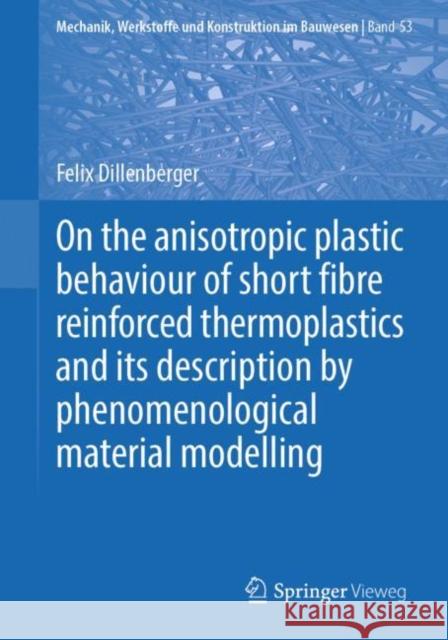On the Anisotropic Plastic Behaviour of Short Fibre Reinforced Thermoplastics and Its Description by Phenomenological Material Modelling » książka
topmenu
On the Anisotropic Plastic Behaviour of Short Fibre Reinforced Thermoplastics and Its Description by Phenomenological Material Modelling
ISBN-13: 9783658281984 / Angielski / Miękka / 2019 / 227 str.
On the Anisotropic Plastic Behaviour of Short Fibre Reinforced Thermoplastics and Its Description by Phenomenological Material Modelling
ISBN-13: 9783658281984 / Angielski / Miękka / 2019 / 227 str.
cena 201,72
(netto: 192,11 VAT: 5%)
Najniższa cena z 30 dni: 192,74
(netto: 192,11 VAT: 5%)
Najniższa cena z 30 dni: 192,74
Termin realizacji zamówienia:
ok. 22 dni roboczych
Bez gwarancji dostawy przed świętami
ok. 22 dni roboczych
Bez gwarancji dostawy przed świętami
Darmowa dostawa!
Kategorie:
Kategorie BISAC:
Wydawca:
Springer Vieweg
Seria wydawnicza:
Język:
Angielski
ISBN-13:
9783658281984
Rok wydania:
2019
Wydanie:
2020
Numer serii:
000784274
Ilość stron:
227
Waga:
0.40 kg
Wymiary:
24.41 x 16.99 x 1.32
Oprawa:
Miękka
Wolumenów:
01
Dodatkowe informacje:
Wydanie ilustrowane











